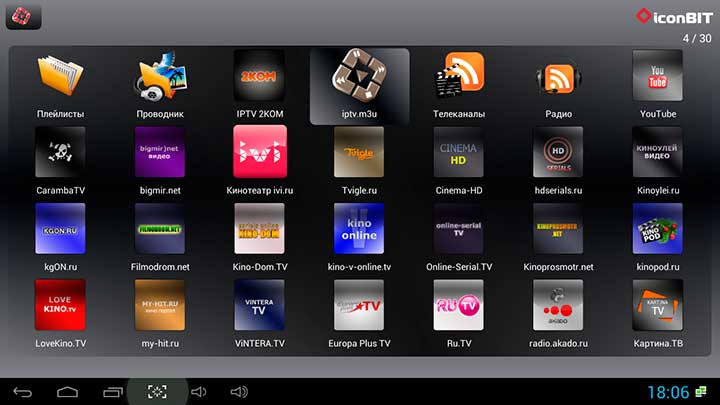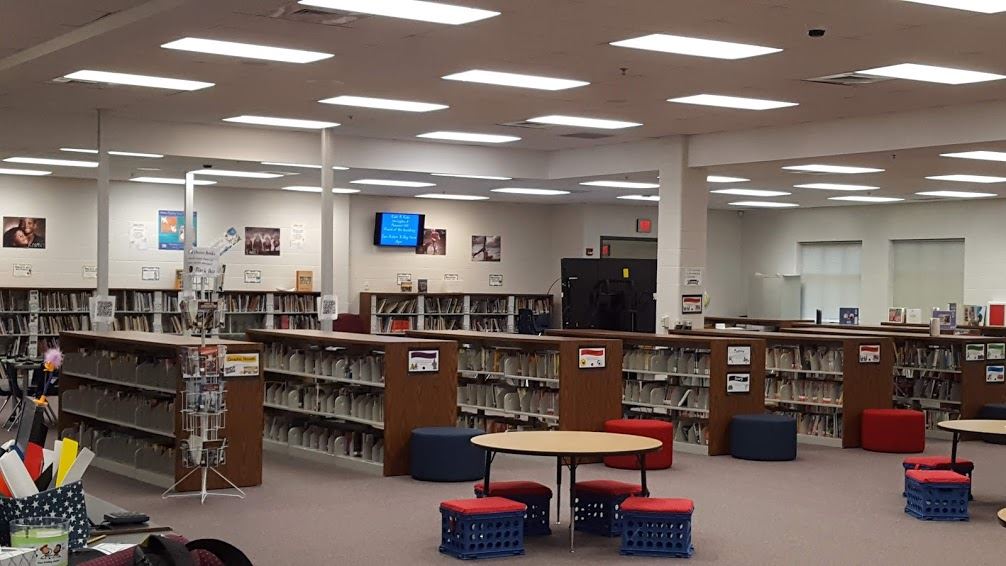Media center – what kind of animal?
An interesting story happened to me when I was looking for some good copy of the media center to test. I called one of the largest computer companies in Moscow in full confidence that they definitely have it. The managers confirmed my assumptions, and when I arrived, a kind young man brought me a regular ATX system unit running standard Windows XP and said that this was “it”. Later I found out that the managers of this company have no idea what a media center is at all. And if representatives of serious computer firms do not know about this class, then what about “mere mortals”?

Now, many devices are trying to “shove” under the concept of media centers, so in the minds of a simple layman there is no clearly formed correct image of a media center. In fact, media centers have a whole range of unique characteristics. So, the media center is a system unit (computer) running the Windows Media Center operating system. A prerequisite is the presence of a TV tuner with support for hardware encoding, a drive for recording and viewing DVDs, a FireWire interface (IEEE 1394), several USB 2.0 connectors, a powerful processor, sufficient RAM, a modern video card, a large and fast hard drive . As a rule, media centers are “packed” into barebon cases – small, sometimes resembling VCRs or small cubes. There are exceptions when the media center is produced in a conventional case such as ATX or microATX.
Why do you need a media center? This is not just a PC, it is a new generation device, which contains almost everything that you might need in everyday life. It is in everyday life, since the idea of the media center lies in the complete “friendliness” of the interface – all “everyday” functions are concentrated on a convenient remote control. It is no coincidence that a prerequisite for a media center is a high-quality TV tuner with hardware support for encoding. The tuner is responsible for:
Recording TV programs and encoding them into a file
You can simply press the Rec button on the remote control or case, which is familiar from video recorders, to start recording the program or program the recording for a certain time. (file format can be selected depending on the capabilities of a specific tuner model and software)
Recording from external analog sources
You finally have the opportunity not only to digitize your old cassettes, but also edit their content – cut out advertising, for example, or edit a movie and burn a DVD from old family archives.
Listening and recording Radio
Most modern TV tuners have FM tuners, and this makes it possible not only to listen to programs, but also to record your favorite songs or especially important news.
The mentioned FireWire interface offers the following features:
Capturing video from digital cameras
Everything is clear here, capture video to your hard drive, then do what you want with it.

Since the media center is a full-fledged computer, then, even based on all these four possibilities, opportunities that are essentially unprecedented in everyday life open up to us! For example, editing and editing video and audio. Of the third-party video editing software, one of the most successful is Pinnacle Studio. Along with a simple interface, it implements features that were previously only available to professionals. The same can be said about sound. Now it is not difficult to find a sound editor that meets your needs, in which you can feel like a composer, even a DJ.
When choosing a media center, keep in mind that working with video requires a lot of hard drive space, so you should prefer models with large hard drives.
